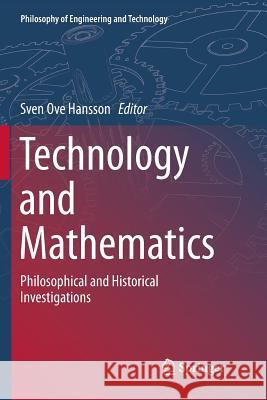Technology and Mathematics: Philosophical and Historical Investigations » książka
topmenu
Technology and Mathematics: Philosophical and Historical Investigations
ISBN-13: 9783030067229 / Angielski / Miękka / 2019 / 373 str.
Technology and Mathematics: Philosophical and Historical Investigations
ISBN-13: 9783030067229 / Angielski / Miękka / 2019 / 373 str.
cena 645,58
(netto: 614,84 VAT: 5%)
Najniższa cena z 30 dni: 616,85
(netto: 614,84 VAT: 5%)
Najniższa cena z 30 dni: 616,85
Termin realizacji zamówienia:
ok. 22 dni roboczych
Bez gwarancji dostawy przed świętami
ok. 22 dni roboczych
Bez gwarancji dostawy przed świętami
Darmowa dostawa!
Kategorie BISAC:
Wydawca:
Springer
Seria wydawnicza:
Język:
Angielski
ISBN-13:
9783030067229
Rok wydania:
2019
Wydanie:
Softcover Repri
Numer serii:
000391450
Ilość stron:
373
Waga:
0.54 kg
Wymiary:
23.39 x 15.6 x 2.03
Oprawa:
Miękka
Wolumenów:
01
Dodatkowe informacje:
Wydanie ilustrowane











